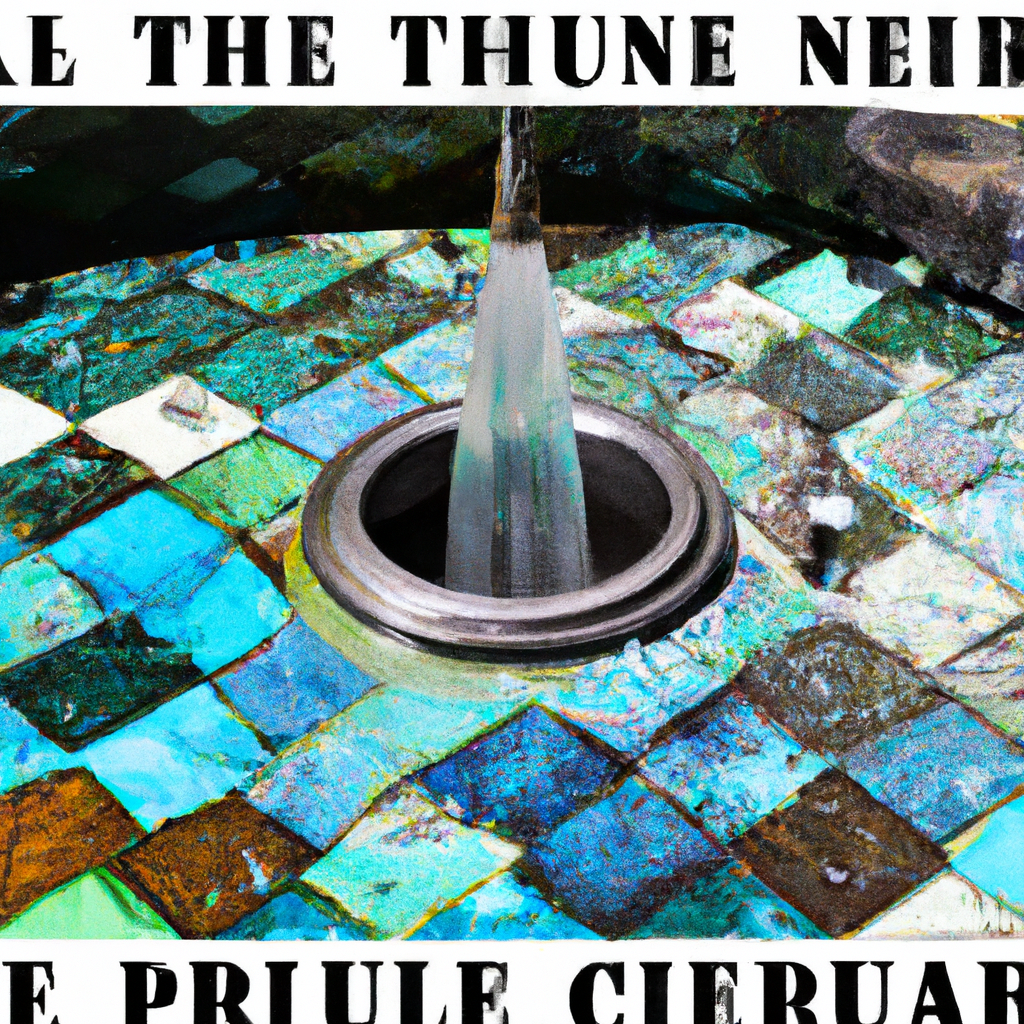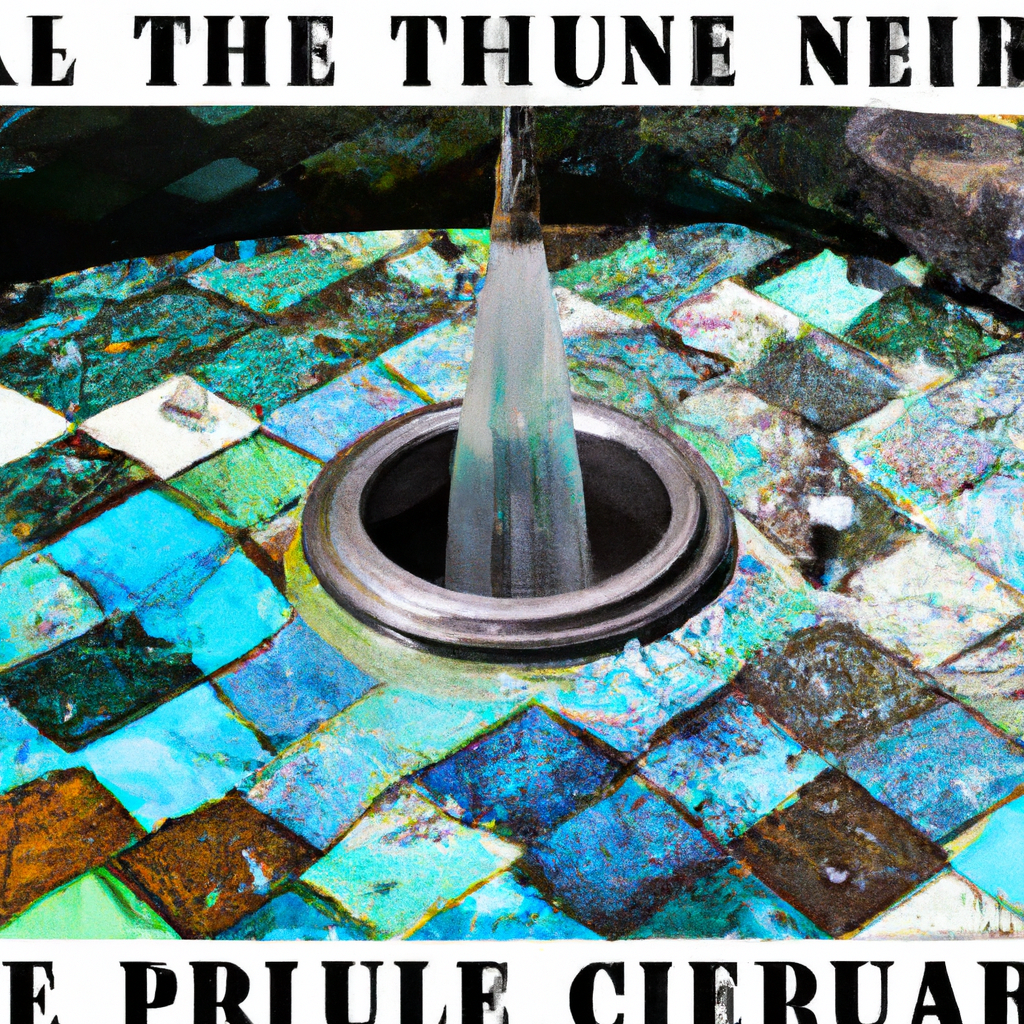So you’ve decided to bring home a turtle and set up a beautiful tank for it. The first thing to consider in creating a healthy environment for your shelled friend is the water quality, and that’s where turtle tank filtration comes into play. In this article, we’ll guide you through the process of choosing the right filtration system for your turtle tank, ensuring clean and clear water for your pet’s happiness and well-being.

Turtle Tank Filtration: Choosing the Right System for Clean Water
When it comes to maintaining a clean and healthy environment for your pet turtle, a reliable filtration system is essential. Filtration systems play a crucial role in removing waste, chemicals, and impurities from the water, ensuring that your turtle’s habitat remains pristine. However, with various types of filtration systems available, choosing the right one can be a daunting task. In this article, we will explore the different types of turtle tank filtration systems, considerations to keep in mind while selecting one, and common mistakes to avoid.
Types of Filtration Systems
Mechanical Filters
Mechanical filters are the first line of defense against solid waste and debris in your turtle tank. They work by physically trapping particles as water passes through them. These filters typically consist of a sponge, floss, or foam material that captures larger particles, preventing them from circulating in the water. Mechanical filters are efficient in maintaining clear water, but they require regular cleaning to prevent clogging.
Biological Filters
Biological filters, also known as biofilters, focus on the natural breakdown of toxic substances and the establishment of beneficial bacteria colonies in the tank. These bacteria convert harmful ammonia produced by the turtle’s waste into less harmful nitrites and eventually nitrates. Biological filters provide long-term water quality improvement and are generally paired with mechanical filters for optimal results.
Chemical Filters
Chemical filters use various media, such as activated carbon or zeolite, to remove impurities and chemicals from the water. They are effective in eliminating odor, discoloration, and harmful substances, but they do not directly contribute to the biological filtration process. Chemical filters are often used as a supplementary filtration method, working alongside mechanical and biological filters.
Considerations Before Choosing a Filtration System
Before purchasing a filtration system for your turtle tank, several factors must be taken into consideration. These include tank size, water volume, turtle species and size, and your budget.
Tank Size
The size of your turtle tank is an important factor to consider when choosing a filtration system. Larger tanks require more powerful filters to maintain optimal water quality. It is recommended to choose a filter that can handle at least three to five times the tank’s volume per hour.
Water Volume
The amount of water in your turtle tank should also be considered when selecting a filtration system. Higher water volumes may require more robust filters to adequately circulate and filter the water.
Turtle Species and Size
Different turtle species have varying waste production rates and sensitivity to water quality. Larger turtles produce more waste and require filtration systems that can handle the increased load. Additionally, some turtle species are more sensitive to ammonia levels, making a strong biological filtration system crucial.
Budget
Your budget plays a significant role in determining the filtration system you can afford. There are various options available at different price points, ranging from basic filters to advanced, all-in-one systems. It is important to strike a balance between affordability and the specific needs of your turtle.
Mechanical Filters
Purpose of Mechanical Filters
Mechanical filters are designed to remove large debris and waste particles from the water, providing a cleaner and clearer environment for your turtle. These filters act as a physical barrier, capturing solids such as uneaten food, feces, and plant matter.
Types of Mechanical Filters
There are several types of mechanical filters available for turtle tanks. Sponge filters are widely used and consist of a sponge material that traps particles as water passes through it. Canister filters are another common choice, utilizing a series of filter media to mechanically filter the water.
Pros and Cons of Mechanical Filters
Mechanical filters offer several advantages, including efficient removal of debris, ease of setup and maintenance, and affordability. However, they require regular cleaning to prevent clogging, and their effectiveness may decrease over time as the filter media becomes saturated. It is important to monitor the filter and clean or replace the media as needed.

Biological Filters
Importance of Biological Filtration
Biological filtration is vital for maintaining a healthy and stable aquatic environment. Beneficial bacteria present in biological filters break down toxic ammonia, produced by turtle waste, into less harmful substances. This process is essential to prevent ammonia toxicity, which can be fatal to turtles.
Different Types of Biological Filters
There are various types of biological filters, such as wet/dry filters, fluidized bed filters, and trickle filters. Wet/dry filters provide ample surface area for bacteria colonization and are commonly used in turtle tanks. Fluidized bed filters use a suspended media bed to encourage bacteria growth, while trickle filters utilize a drip system to promote oxygenation and bacterial activity.
Benefits and Drawbacks of Biological Filters
Biological filters offer long-term water quality improvement, stability, and toxin removal. They are highly effective in breaking down harmful substances and promoting a healthy ecosystem within the tank. However, they may require more careful monitoring and maintenance compared to mechanical filters, as the bacterial colonies are delicate and can be disrupted by certain medications or cleaning procedures.
Chemical Filters
Role of Chemical Filters
Chemical filters focus on removing impurities and contaminants from the water, such as dissolved organic compounds, odor, and discoloration. They work by using various media, such as activated carbon or zeolite, which chemically absorb or adsorb these substances.
Various Types of Chemical Filters
There are different types of chemical filters used in turtle tanks. Activated carbon filters are popular for their ability to reduce odor and discoloration. Zeolite filters, on the other hand, are effective in removing ammonia. Some filters combine both activated carbon and zeolite for comprehensive chemical filtration.
Advantages and Disadvantages of Chemical Filters
Chemical filters offer several advantages, including the removal of undesirable odors and colors from the water, as well as the ability to target specific contaminants. They can be used alongside mechanical and biological filters for complete water purification. However, chemical filters have a limited lifespan and require regular replacement to maintain their efficiency. They also do not contribute to the biological filtration process and should not be solely relied upon to maintain water quality.
Combined Filtration Systems
In some cases, combining different types of filtration systems can provide optimal water quality in a turtle tank. There are several possible combinations, such as mechanical and biological filters, mechanical and chemical filters, biological and chemical filters, and all-in-one filtration systems.
Mechanical and Biological Filters
A combination of mechanical and biological filters can provide comprehensive filtration for turtle tanks. The mechanical filter clears debris, while the biological filter ensures the breakdown of harmful substances, such as ammonia. This combination promotes water clarity and the establishment of a healthy bacterial colony.
Mechanical and Chemical Filters
Pairing mechanical and chemical filters is another common approach to maintain clean water. The mechanical filter removes solids, while the chemical filter targets impurities and odors. This combination ensures both physical and chemical purification, resulting in a more pristine habitat for your turtle.
Biological and Chemical Filters
Biological and chemical filters can be used together to achieve enhanced water quality. The biological filter breaks down harmful compounds, such as ammonia, while the chemical filter further eliminates impurities. This combination provides a multi-layered approach to filtration, improving the overall health and well-being of your turtle.
All-in-One Filtration Systems
For those seeking convenience and simplicity, all-in-one filtration systems are available. These systems combine mechanical, biological, and chemical filtration into a single unit, eliminating the need for separate filters. All-in-one systems are ideal for smaller tanks or individuals looking for a hassle-free filtration solution.
Factors to Consider When Choosing a Filtration System
When selecting a turtle tank filtration system, various factors should be considered to ensure the most suitable choice for your specific needs.
Efficiency
The filtration system’s efficiency is crucial in maintaining water quality. Look for filters that offer a high turnover rate, meaning the entire tank volume can be filtered multiple times per hour. This ensures effective removal of waste and impurities from the water.
Ease of Maintenance
Regular maintenance is required to keep the filtration system functioning optimally. Consider filters that are easy to clean and maintain, with accessible filter media that can be replaced or rinsed without much hassle. Avoid filters that are cumbersome or require complicated procedures for maintenance.
Required Space
The size and space occupied by the filtration system should be taken into account, especially if you have limited space available. Some filters may be bulkier or require additional equipment, such as hoses or canisters, which should be factored into your decision-making process.
Noise Level
The noise generated by the filtration system can be a concern, especially if the tank is placed in a living area. Look for filters with noise-reducing features or models specifically designed for quiet operation. This ensures a peaceful environment for both you and your pet turtle.
Installation Process
Consider the complexity of installing the filtration system. Some filters may require additional equipment, such as air pumps or tubing, which can complicate the setup. Opt for filters that come with clear instructions and are easy to install, even for beginners.
Cost of Replacement Parts
It is important to consider the long-term cost of replacement parts for the filtration system. Research the availability and cost of filter media, cartridges, or any other components that may need replacement periodically. This will help you plan for ongoing maintenance expenses.
Availability of Filter Media
Check whether the filter media required for the chosen filtration system is readily available. Some filter media may be specific to certain models or brands, making it difficult to find replacements if needed. Ensure that the necessary media can be easily sourced to avoid any inconvenience.
Maintenance and Cleaning
Proper maintenance and regular cleaning of the filtration system are essential for its effectiveness and longevity. Here are some important steps to include in your maintenance routine:
Regular Water Changes
Performing regular water changes helps dilute any accumulated toxins and maintain overall water quality. Depending on your turtle’s needs and tank size, a partial water change of 25-50% should be conducted weekly or as recommended.
Cleaning the Filter
Regular cleaning of the filter is necessary to prevent clogging and ensure proper water flow. Follow the manufacturer’s instructions for cleaning, which may involve rinsing the filter media in dechlorinated water or replacing it as needed. Avoid using tap water for cleaning purposes, as the chlorine can harm beneficial bacteria.
Replacing Filter Media
Over time, the filter media may become saturated or worn out and require replacement. Follow the guidelines provided by the filter manufacturer regarding the recommended replacement intervals. Be sure to use compatible and suitable filter media to maintain the desired filtration results.
Monitoring Water Parameters
Regularly monitor the water parameters, such as pH, ammonia, nitrite, and nitrate levels, using test kits. This helps ensure that the filtration system is effectively maintaining water quality and assists in identifying any potential issues early on.
Common Mistakes to Avoid
In the process of setting up and maintaining a turtle tank filtration system, there are some common mistakes that should be avoided to ensure the best possible environment for your pet.
Choosing the Wrong Filter Size
Selecting a filter that is too small for your tank size can lead to inadequate filtration and compromised water quality. Make sure to choose a filter that is suitable for the volume of your turtle tank.
Neglecting Regular Maintenance
Regular maintenance, including cleaning the filter and replacing filter media, is crucial for optimal filtration performance. Neglecting these tasks can result in decreased efficiency, increased likelihood of clogging, and potential harm to your turtle’s health.
Using Incompatible Filter Media
Using filter media that is incompatible with your specific filtration system can hinder its effectiveness. Always use the recommended filter media or consult with experts to ensure compatibility and optimal filtration performance.
Overlooking Water Quality Testing
Regular testing of water parameters is essential to assess the effectiveness of the filtration system and the overall health of your turtle. Neglecting water quality testing can lead to imbalances, poor water conditions, and potential harm to your turtle’s well-being.
Conclusion
Proper filtration is paramount to maintaining a clean and healthy environment for your pet turtle. With the variety of turtle tank filtration systems available, it is crucial to consider the specific needs of your turtle, tank size, and budget when making a choice. Mechanical, biological, and chemical filtration methods each play a vital role in ensuring optimal water quality. By understanding the different types of filters, their advantages and disadvantages, and the factors to consider when choosing one, you can make an informed decision and provide your turtle with clean and safe water for a thriving, happy life.
